Exotic birds, with their exceptional intelligence and curious nature, require more than just a cozy cage and nutritious food to thrive. Mental stimulation is just as crucial as physical care for these vibrant creatures. Without appropriate intellectual engagement, birds can develop destructive behaviors, experience stress, or even fall into depression. The right toys not only keep your feathered friend entertained but also promote natural behaviors like foraging, problem-solving, and physical exercise. In this comprehensive guide, we’ll explore the most effective toys and enrichment options that will keep your exotic bird’s brilliant mind active, happy, and healthy.
Understanding Your Bird’s Need for Mental Stimulation

In the wild, birds spend the majority of their waking hours searching for food, avoiding predators, interacting with flock members, and exploring their environment. This constant activity keeps their minds engaged and their bodies active. In contrast, captive birds have all their basic needs provided without effort, which can lead to boredom and understimulation. Research has shown that mental enrichment is directly linked to a bird’s overall health, longevity, and emotional well-being. Different species have varying intellectual capacities – with parrots, corvids, and some finches demonstrating problem-solving abilities comparable to those of primates and young children. Understanding your specific bird’s cognitive needs is the first step in providing appropriate mental enrichment.
Foraging Toys: Satisfying Natural Instincts

Foraging toys are perhaps the most important category of enrichment for exotic birds, as they replicate the natural behavior of searching for food in the wild. These toys require birds to work for their treats by solving puzzles, manipulating parts, or exploring compartments where food is hidden. Simple foraging toys include treat balls with small holes that release treats when rolled, or wooden toys with crevices where nuts can be tucked. More complex options include puzzle boxes with sliding compartments or toys that require multiple steps to access rewards. By incorporating foraging toys into your bird’s routine, you can transform meal times from passive experiences into engaging activities that stimulate problem-solving abilities and reduce boredom-related behaviors.
Destructible Toys: Fulfilling the Need to Chew
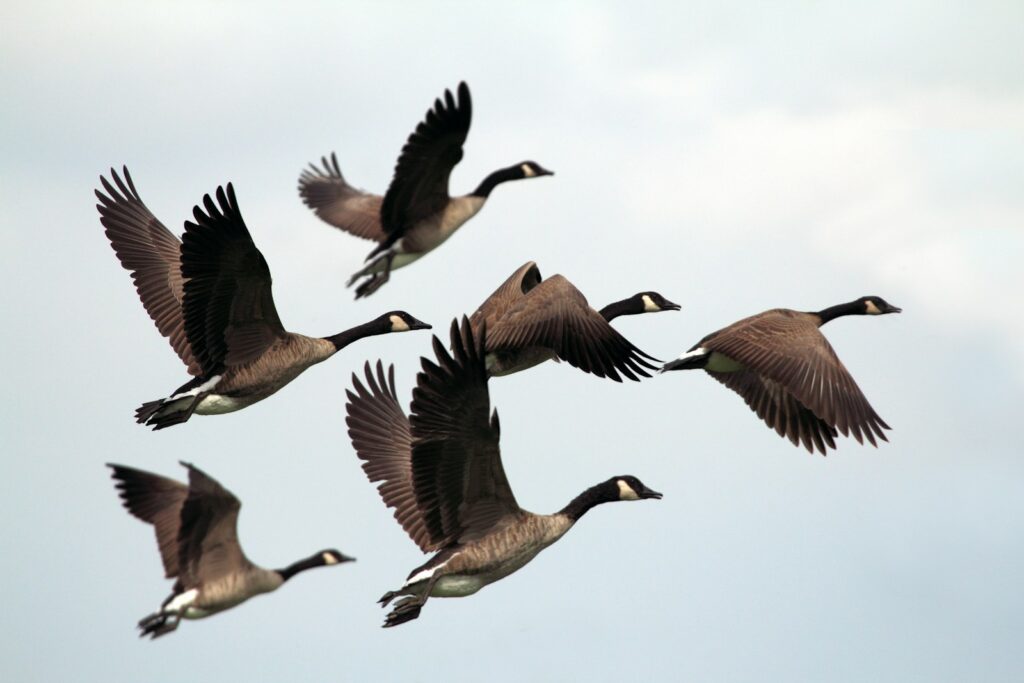
Birds, especially parrots, have a natural and necessary instinct to chew, strip, and destroy materials in their environment. This behavior helps maintain beak health, exercises jaw muscles, and provides mental stimulation. Safe destructible toys include items made from untreated wood, palm leaves, coconut shells, or specialized bird-safe paper products. Many birds enjoy shredding toys made from seagrass, sisal, or yucca that can be torn apart strand by strand. The satisfaction of transforming an object through physical manipulation provides both sensory feedback and cognitive engagement. Regular rotation of destructible toys is important, as a partially destroyed toy continues to present new challenges as different layers or components become accessible.
Interactive Puzzle Toys: Challenging Problem-Solving Skills
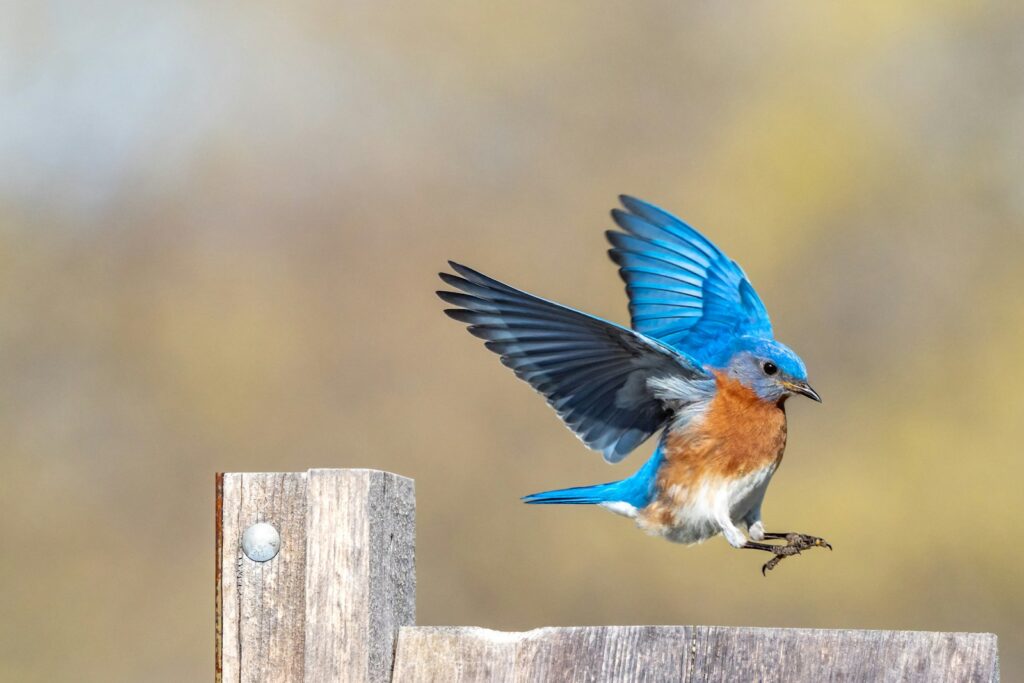
Puzzle toys specifically designed to challenge your bird’s problem-solving abilities can provide hours of entertainment while developing cognitive skills. These might include toys with pieces that need to be removed in a specific order, movable parts that reveal hidden compartments, or elements that need to be manipulated in combination to achieve a result. Many commercial puzzle toys are designed with progressive difficulty levels, allowing birds to develop their skills over time. For particularly intelligent species like African Greys, Cockatoos, and Amazons, regularly introducing new puzzles of increasing complexity is vital for preventing mental stagnation. Observing how your bird approaches these challenges can provide fascinating insights into their individual learning style and cognitive strategies.
Sound-Based Toys: Auditory Stimulation

Birds are highly attuned to sounds and many species enjoy toys that produce interesting noises when manipulated. Bells, rattles, and crinkly materials can provide auditory feedback that rewards interaction and encourages continued play. Some specialized bird toys include small percussion elements like tiny drums or xylophones that birds can tap with their beaks. For vocal species, toys with buttons that play recorded sounds or music can be particularly engaging, though these should be used judiciously to avoid overwhelming your bird. The connection between action and sound helps reinforce cause-and-effect understanding and provides immediate positive feedback for exploration. Many birds will develop preferences for certain sounds and may even incorporate toy sounds into their own vocal repertoire.
Movement-Based Toys: Physical and Mental Exercise
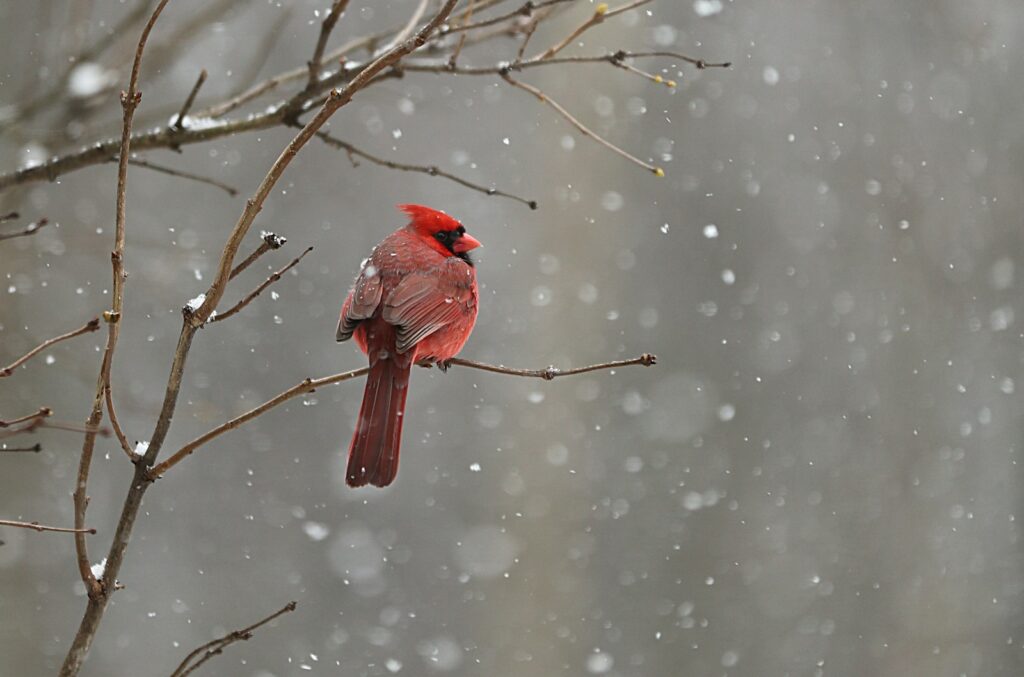
Toys that move in response to a bird’s interaction combine physical exercise with mental engagement. Swings, ropes, ladders, and toys with moving parts encourage birds to use their bodies while figuring out how objects respond to their actions. Balancing toys that rock or spin when a bird lands on them help develop coordination and spatial awareness. Some specialized toys include elements that fly through the air when pulled or swinging components that respond differently depending on how they’re approached. The unpredictable movement of these toys mimics the dynamic nature of objects in the wild, keeping your bird’s interest over time. For larger species, toys that require full-body movement to manipulate can provide crucial exercise that prevents obesity and related health issues.
Social Toys: Companionship for Solo Birds

For birds kept without avian companions, toys that provide social-type interaction can help fulfill their need for connection. Mirrors (used appropriately and with caution for some species), toys with bird-like features, or plush toys designed specifically for birds can serve as surrogate companions. Some birds enjoy toys with moving eyes or features that resemble other birds. Interactive toys that respond to a bird’s vocalizations can be particularly engaging for species that communicate through calls. However, it’s important to monitor your bird’s relationship with these toys to ensure they don’t become too attached or display unhealthy behaviors like regurgitation toward the toy. Social toys should complement, not replace, regular human interaction and enrichment.
Rotating Toy Systems: Preventing Habituation

Birds, like many intelligent animals, can quickly become habituated to toys that remain in their environment without change. Implementing a toy rotation system keeps the environment novel and engaging without requiring constant new purchases. A good rotation system might include having 15-20 toys for each bird, with only 3-5 present in the cage at any given time, switching them every few days or weekly. Keep track of which toys your bird shows the most interest in, and use this information to guide future toy selections. Some toys may be more appreciated when reintroduced after an absence, while constant favorites might deserve a permanent spot in the rotation. Creating a schedule for toy rotation can help ensure consistent enrichment even during busy periods in your life.
DIY Bird Toys: Budget-Friendly Enrichment
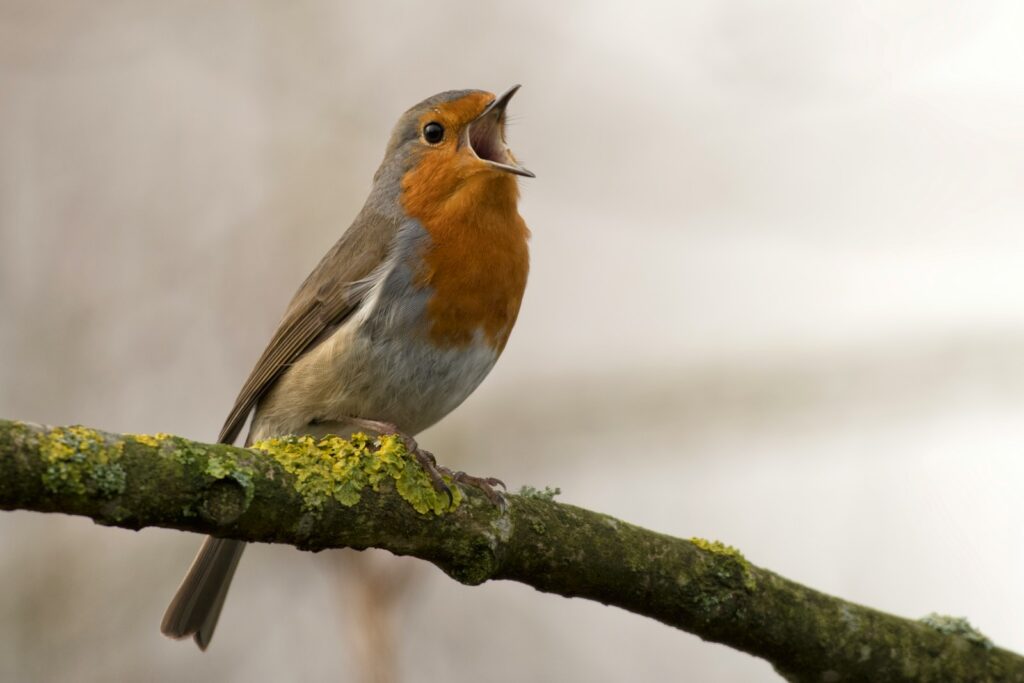
Creating homemade toys can be an economical way to provide varied enrichment while tailoring items to your specific bird’s preferences. Safe materials for DIY toys include untreated wood pieces, stainless steel washers and chains, natural fibers like cotton or sisal, vegetable-tanned leather, and bird-safe paper products. Simple projects might include stringing wooden blocks and beads on bird-safe rope, creating foraging opportunities by wrapping treats in coffee filters, or making shredding toys from strips of untreated paper. Always ensure that any materials used are non-toxic and free from small parts that could be swallowed. Observing how your bird interacts with homemade toys can provide valuable insights for future creations, allowing you to refine your designs based on your bird’s specific play style and preferences.
Species-Specific Toy Considerations
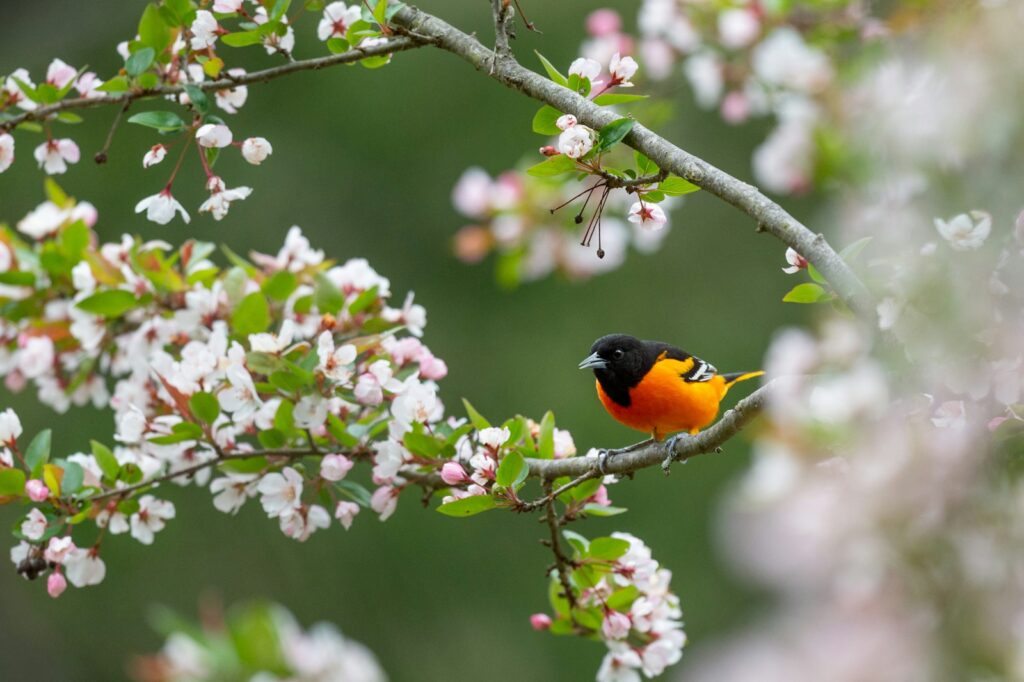
Different bird species have evolved with varying intellectual capacities, physical abilities, and behavioral tendencies that influence their toy preferences. Large macaws, with their powerful beaks, typically need robust toys made from hardwoods and metals that can withstand intense destruction. Cockatoos, known for their exceptional intelligence and dexterity, often excel with complex puzzle toys that require multiple steps to solve. Smaller species like conures and cockatiels may prefer lighter toys with more movement and interactive elements they can manipulate with their more delicate beaks. African Greys, renowned for their problem-solving abilities, benefit from toys that can be reconfigured or offer progressive challenges. Understanding the natural behaviors and capabilities of your specific species will help you select toys that engage their unique cognitive strengths.
Safety Considerations for Bird Toys

Safety must always be the primary consideration when selecting toys for your exotic bird. Avoid toys with small parts that could be swallowed, toxic materials like zinc, lead, or treated woods, and features that could potentially trap feet, beaks, or necks. Regularly inspect toys for damage that might create sharp edges or loose parts. Be particularly cautious with toys that have strings or ropes, which should be monitored for fraying that could lead to entanglement. Some birds may be allergic to certain materials, so observe for any adverse reactions when introducing new toys. Position toys in the cage where they won’t interfere with perching, feeding, or movement, and ensure they’re securely attached to prevent falls that could injure your bird. When in doubt about a toy’s safety, consult with an avian veterinarian who understands the specific needs and risks for your bird species.
Encouraging Play: Teaching Your Bird to Engage
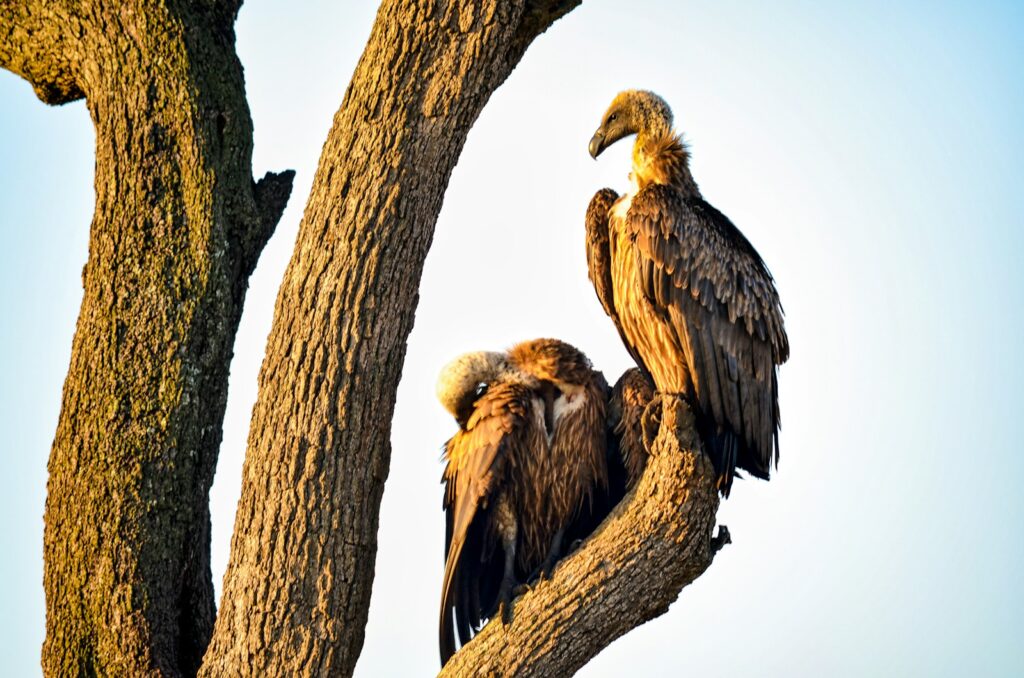
Some birds, particularly those with limited prior enrichment or rescue birds with unknown backgrounds, may need encouragement to interact with toys. Begin by placing new toys near favorite perching spots but not so close that they feel threatening. Demonstrate interest in the toy yourself (without putting it in your mouth) to pique your bird’s curiosity through social learning. Consider pairing new toys with favorite treats or placing food items inside foraging toys to create positive associations. For particularly hesitant birds, start with simpler toys and gradually introduce more complex options as their confidence grows. Patience is essential—some birds may take days or even weeks to approach a new toy. Celebrate and verbally reinforce any interaction with toys to help your bird understand that exploration is encouraged and rewarded.
Creating a Complete Enrichment Schedule
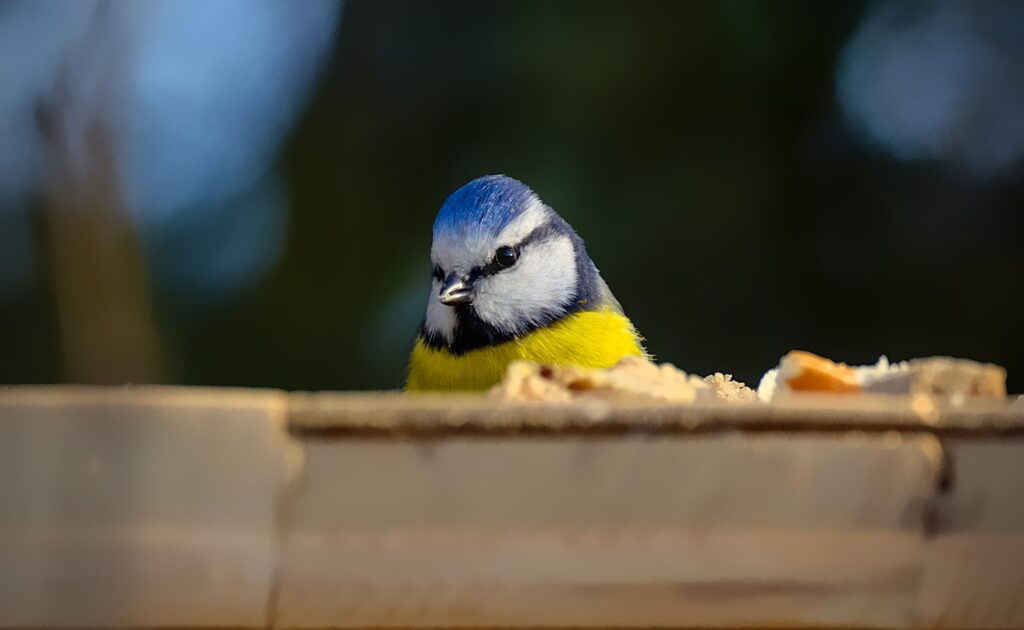
The most effective approach to mental stimulation combines various types of toys with a structured enrichment schedule. Consider creating a weekly plan that incorporates different categories of toys each day, ensuring your bird experiences diverse challenges. Include out-of-cage time with supervised play using toys too large or complex for cage placement. Integrate training sessions that exercise your bird’s mind through learning new behaviors or tricks. Schedule foraging activities during different times of day to prevent predictable routines. Document your bird’s responses to different enrichment strategies and adjust your approach based on their preferences and engagement levels. Remember that environmental enrichment extends beyond toys to include varied perches, changing cage layouts, nature sounds, supervised outdoor time, and social interaction with humans or other birds when appropriate.
Conclusion
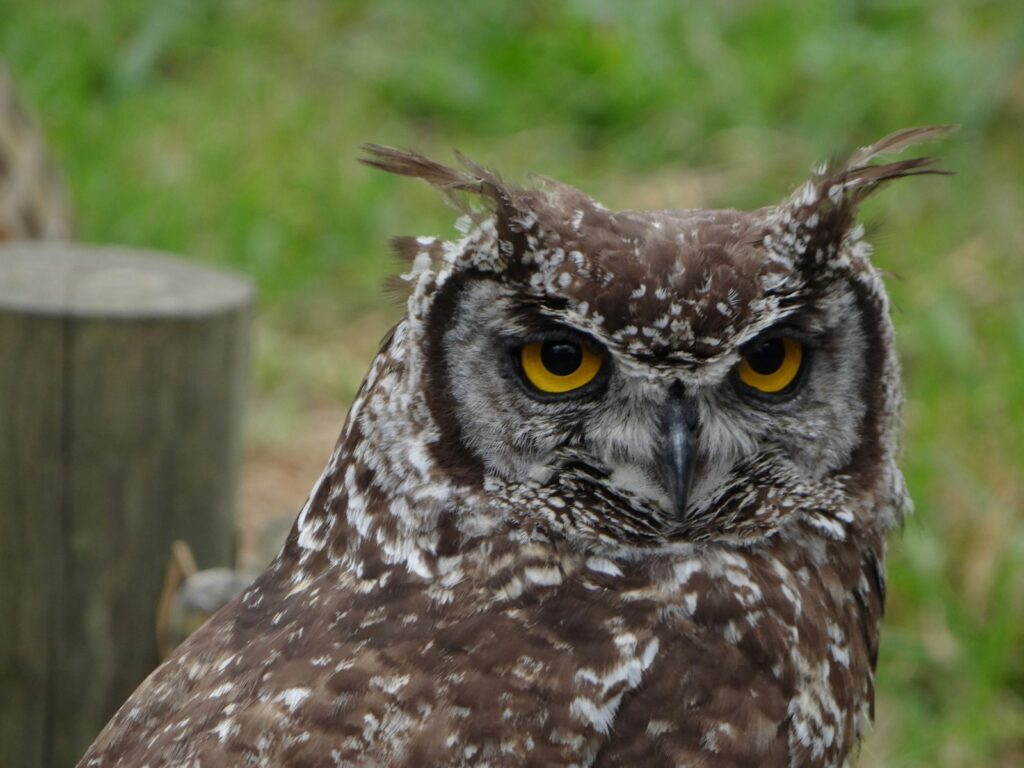
In conclusion, providing appropriate mental stimulation for exotic birds is not merely about entertainment—it’s an essential aspect of responsible avian care that directly impacts health, behavior, and quality of life. The best approach combines understanding your specific bird’s natural behaviors and cognitive abilities with a diverse array of toys that challenge different skills and rotate regularly to maintain novelty. Whether you’re caring for a brilliant macaw, an inquisitive cockatoo, or a playful conure, thoughtfully selected enrichment can transform their captive environment from a simple living space into a vibrant world of discovery and engagement. By investing time in understanding and meeting your bird’s intellectual needs, you’ll not only prevent problem behaviors but also develop a deeper, more rewarding relationship with your feathered companion.

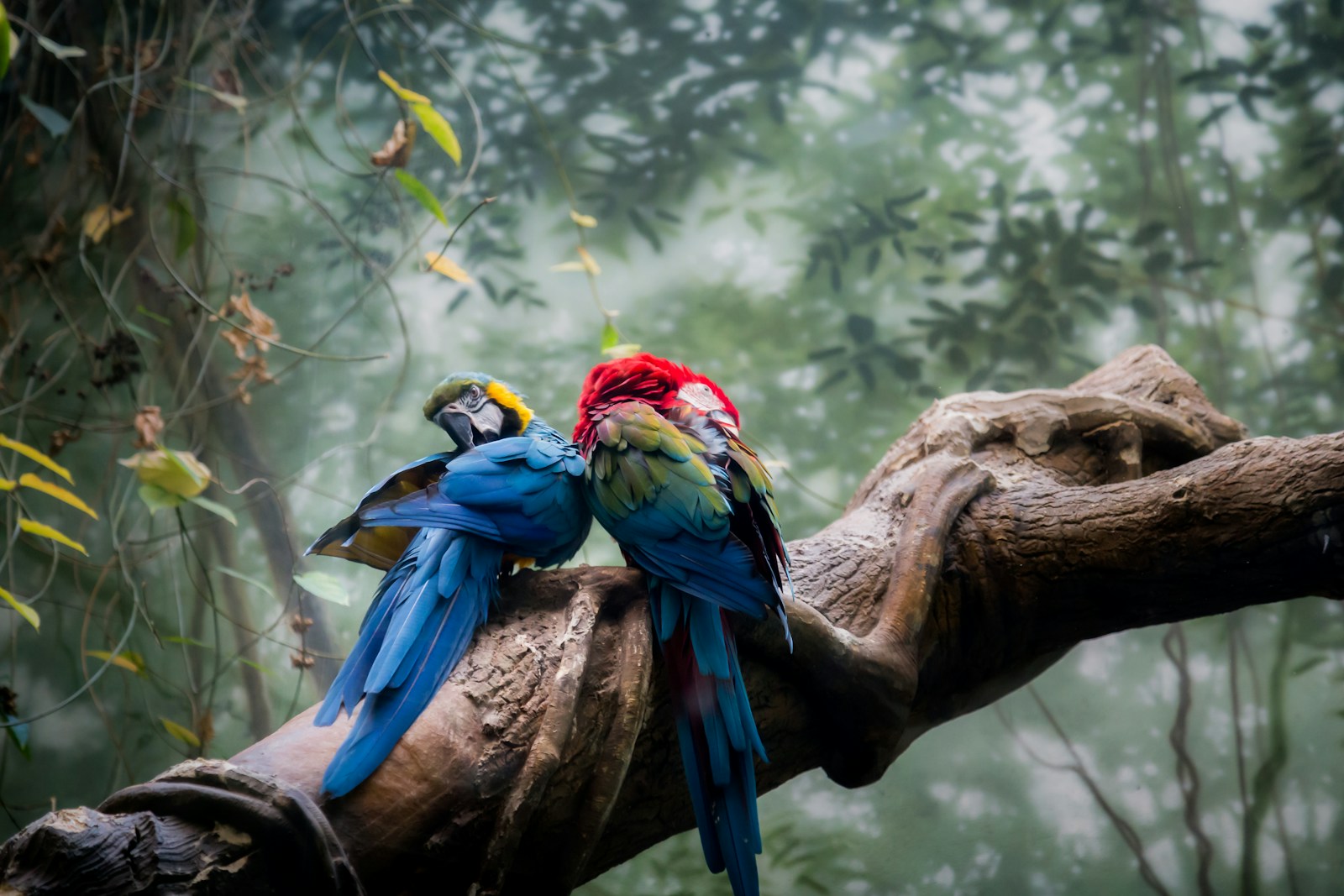

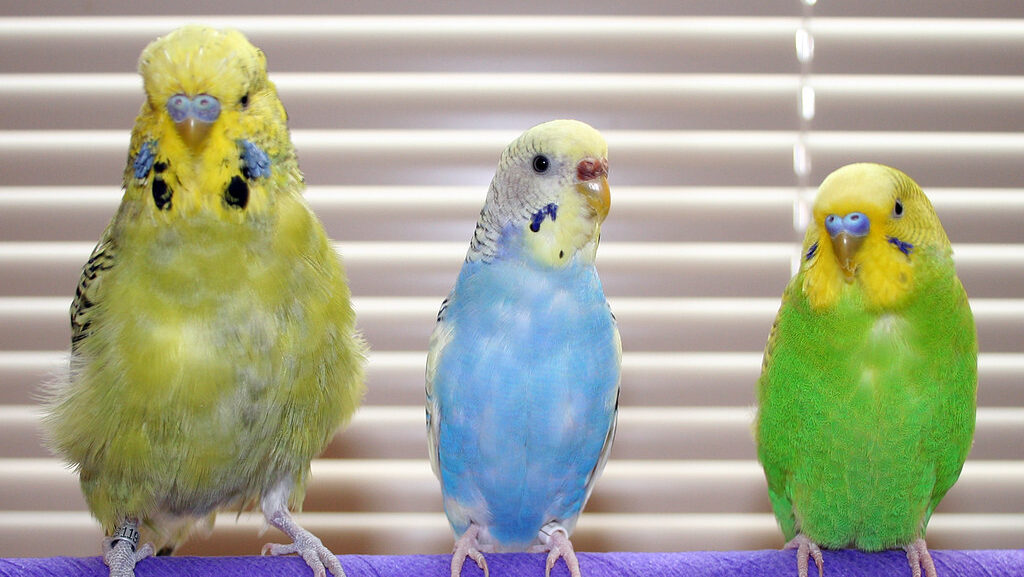

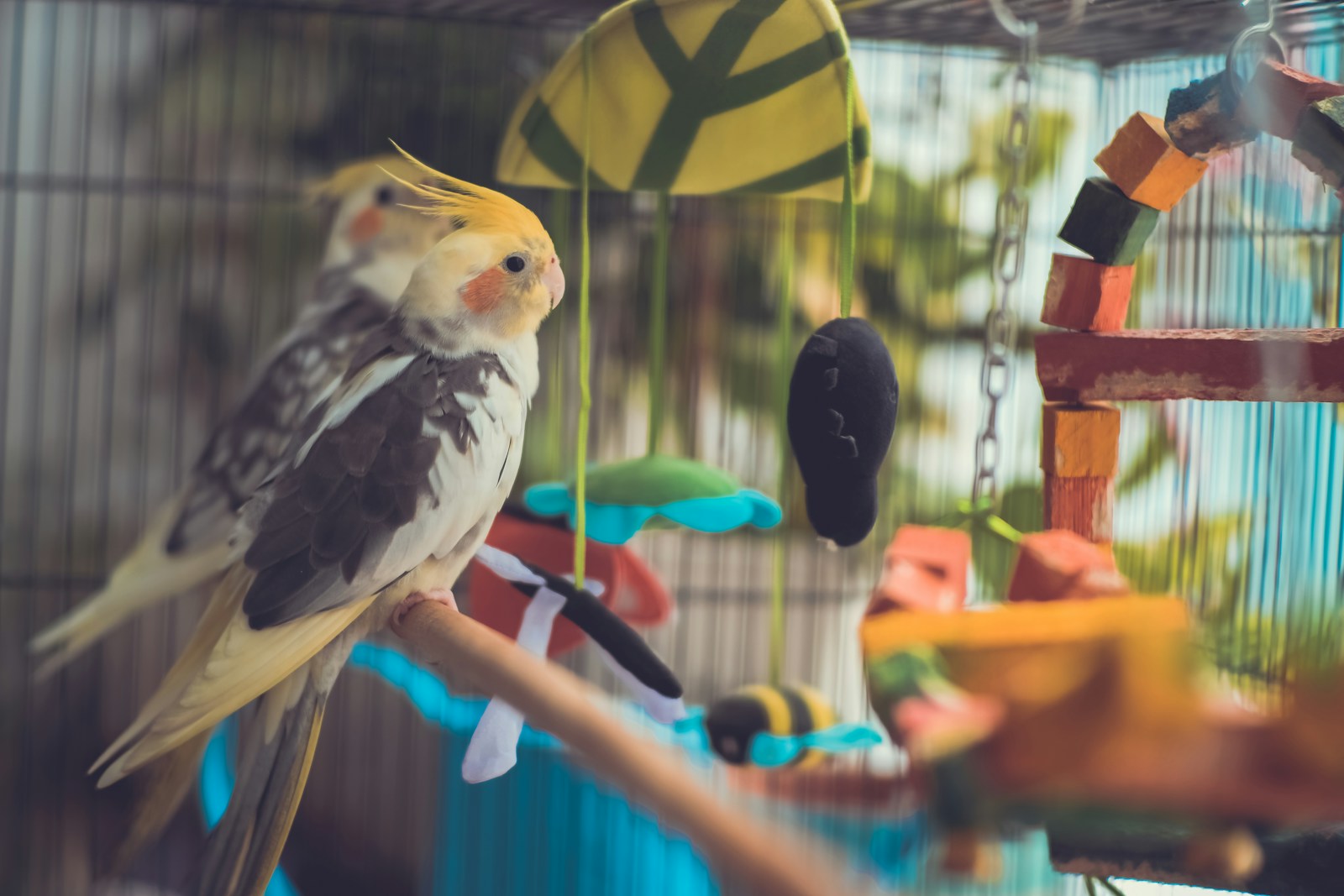
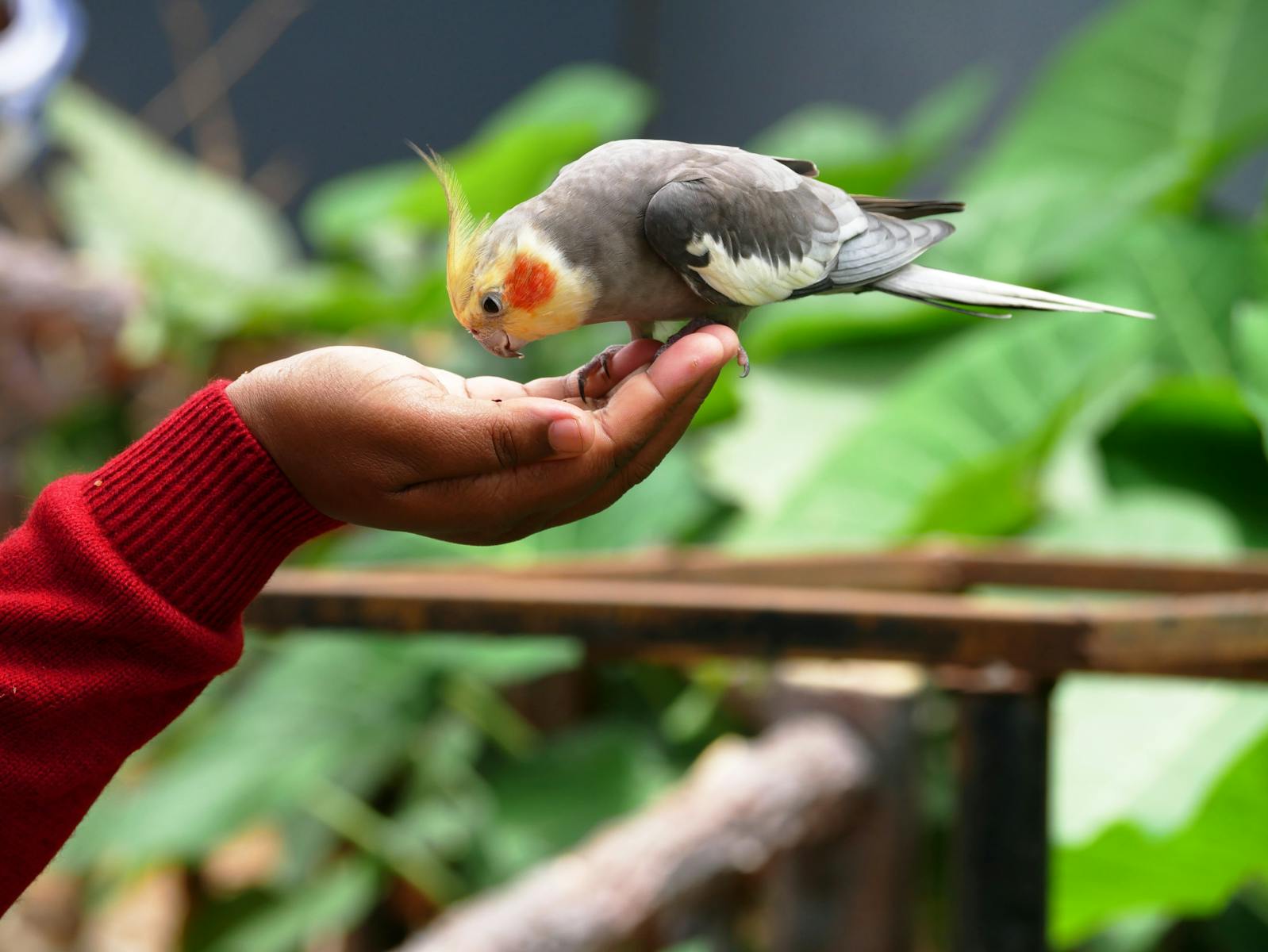
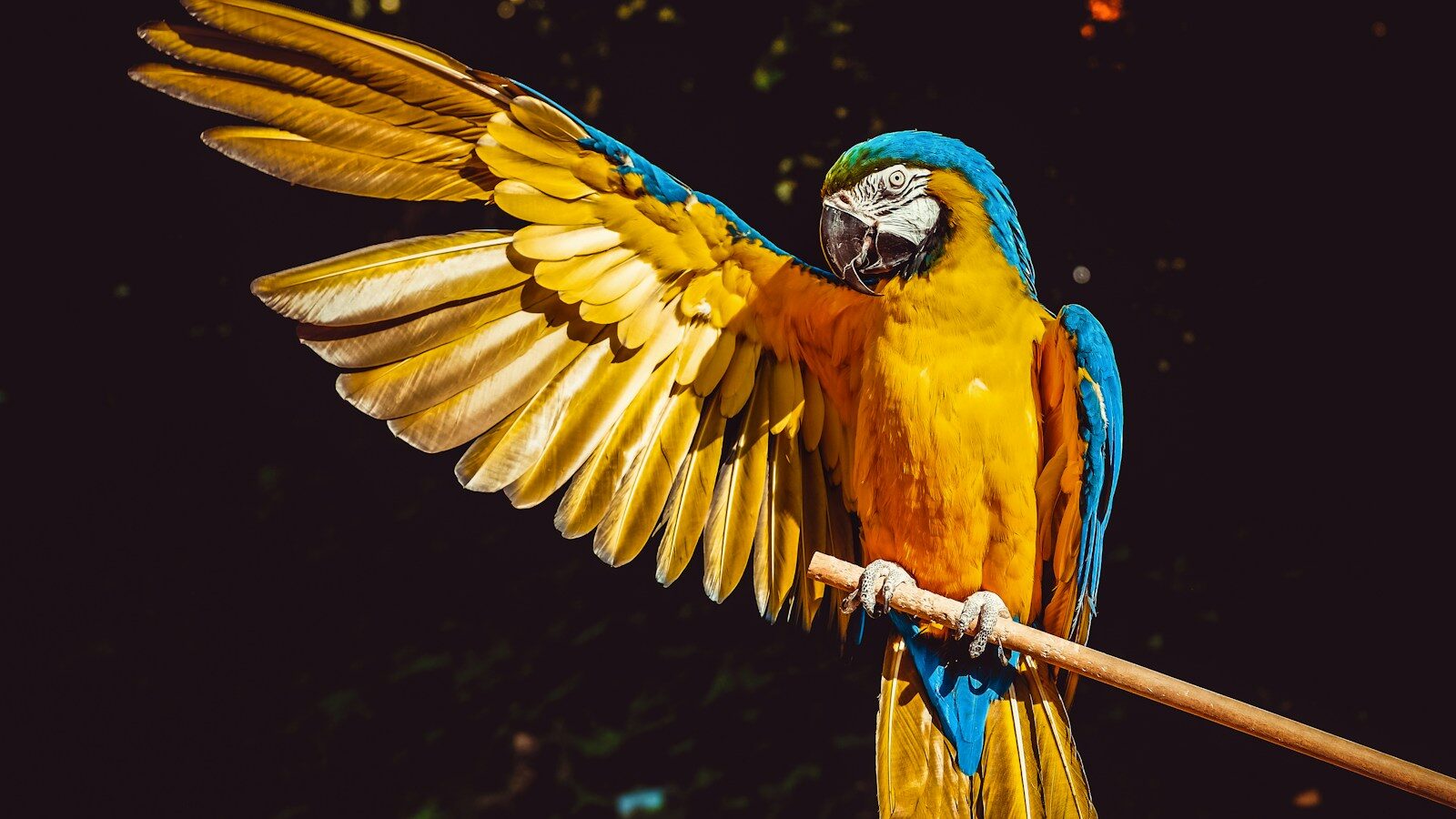

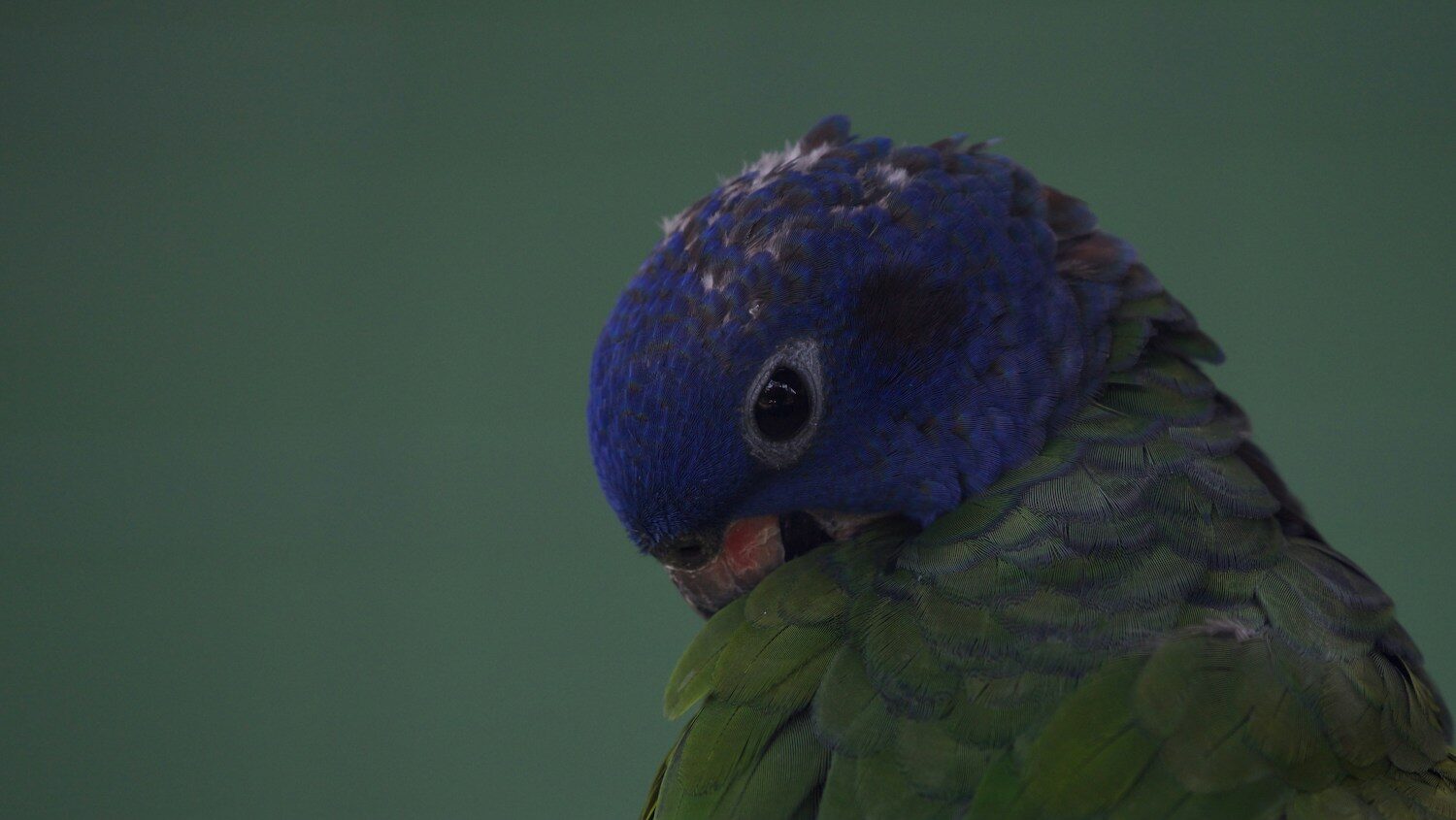

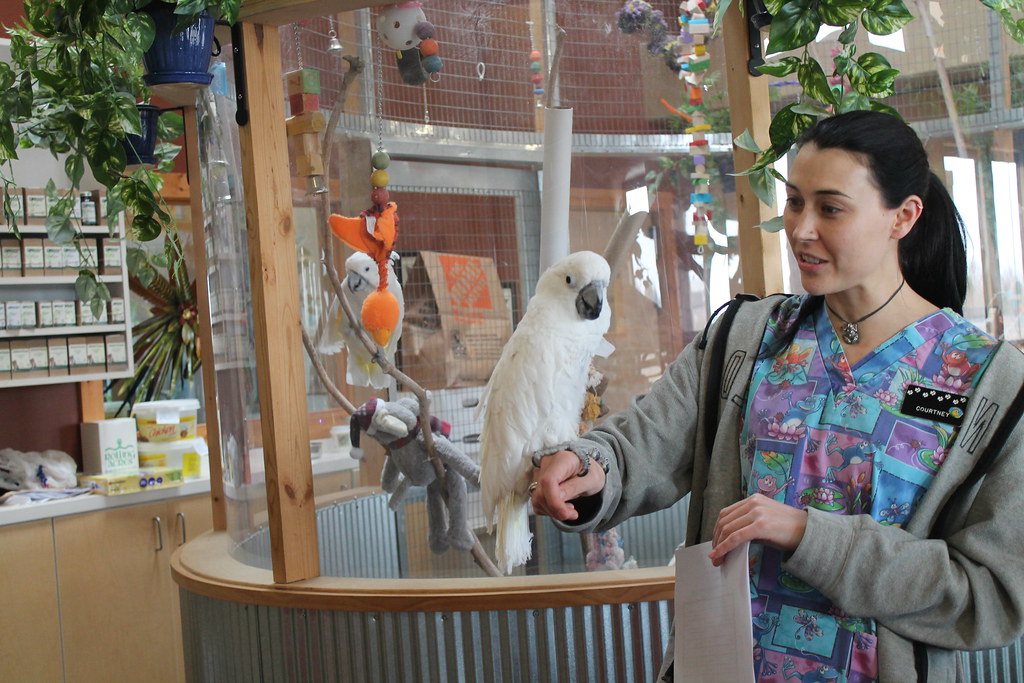




Leave a Reply